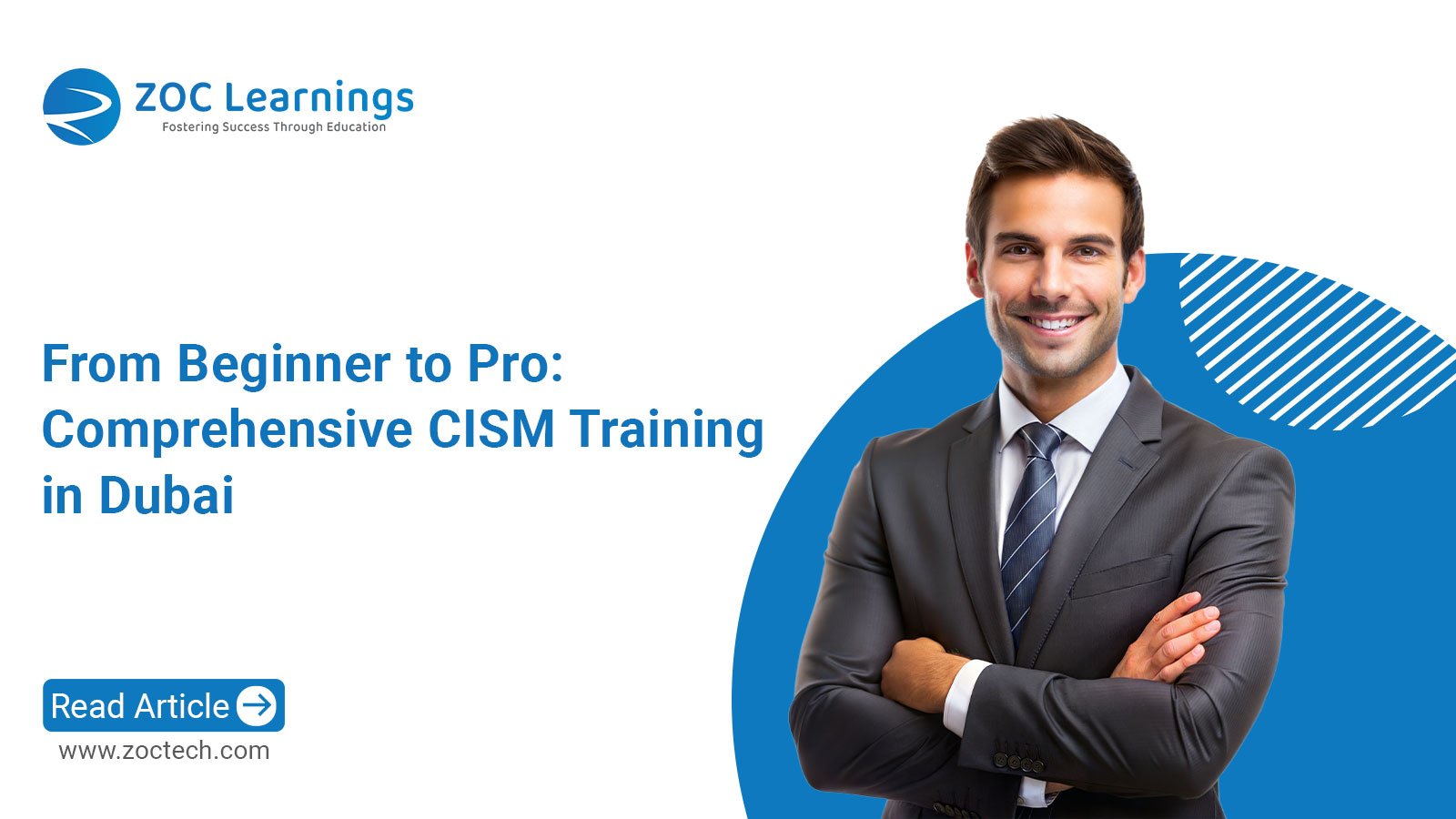Author: Premal Desai
Introduction
What is DAD – Disciplined Agile Delivery
Disciplined Agile Delivery (DAD) is a scalable Agile [Agile is a type of SDLC that propagates need for flexibility, quickness/agility and applies a level of pragmatism to the delivery of the finished product. Agile software development requires a cultural shift in many enterprises because it focuses on the clean delivery of individual pieces or parts of the software and not on the entire application] software delivery framework. It takes a people-first, learning-oriented approach to software development and delivery.
Core principles of Disciplined Agile Delivery
Like we have principles in PRINCE2 OR ITIL4 OR COBIT, DAD too have Principles which makes base or foundation for DAD to work. They are –
- Delight customers- Customer centric development
- Be awesome- Focus on Agility and Quality. Teams should focus on product quality from the very beginning.
- Context counts-Three pillars meaning Team, its members, and the enterprise exist together and work together.
- Be pragmatic- DAD encourages teams to be pragmatic rather than idealistic, and not to follow Agile strictly if there is a more efficient approach. [Tailor to suit business environment]
- Choice is good- This encourages teams to choose the strategy that maximizes benefits, Value for money. Adopt approach such as experimental approaches or prescriptive ones, which enables value for money.
- Optimize flow- This involves keeping work in progress to a minimum, visualizing workflow, eliminating waste [DOWNTIME], continuing improvement and experimentation, and clearly defining metrics for success. This leads to stable & sustainable teams with low employee turnover.
- Organize around products/services- Teams should organize their efforts around the product or service the end user desires. Similar yet more explicit than value streams, the team should focus development around what the customer needs.
- Enterprise Awareness- The team should understand their place in the larger enterprise architecture. [EA] This includes knowing how a team’s process and output affects external teams, and vice versa.
Three Phase Approach to DAD
The three main phases of the DAD framework that mark stages in product development are inception, construction, and transition.
Six different delivery lifecycle types in DAD
- The Agile Lifecycle- This type is Scrum-based, iteration-based, and includes milestones and a work item list instead of a product backlog.
- The Lean Lifecycle- This type is Kanban-based. The main difference between this lifecycle and Agile is that meetings and iteration planning sessions are held on an as-needed basis. In Agile, meetings are prescribed and held consistently.
- Continuous Delivery- This lifecycle is an evolved version of the Agile lifecycle with shorter iterations.
- Continuous Delivery- Lean Lifecycle-This is essentially the Lean lifecycle with shorter iterations and more frequent releases.
- The Exploratory Lifecycle- This lifecycle focuses on a “fail fast” philosophy, where many different strategies are attempted to get a picture of what the market wants. This type is best for situations in which the product is not yet clearly defined.
- The Program Lifecycle- This lifecycle focuses on organizing teams of teams, or the rare large Agile team.
Different Stakeholders/members of DAD
- Stakeholder- This is anyone materially impacted by a product’s outcome, like a user, someone related to a user, a manager, or a product owner. Anyone with a stake in the product’s success fits this role.
- Product owner- The product owner speaks for the customer. They represent the customers’ needs to the stakeholders and team members. [Similar to Agile-Scrum]
- Team member- Team members have a direct part in producing the product. They identify and perform tasks and track their statuses as they work. They maintain the list of work items for the team to complete and communicate progress to stakeholders.
- Team lead- The team lead acts as a servant leader, coaching and guiding the team through technical management activities and creating the conditions for the team to be successful. [Similar to Scrum Master]
- Architecture Owner- Their responsibility is to minimize risk posed by architecture. They have a strong understanding of the business domain as well as a technical background. They facilitate the overall design of the product, remove impediments to the team and provide resources to help ensure success.
DAD and SAFe (Scaled Agile Framework)
DAD and SAFe (Scaled Agile Framework) are both large-scaled Agile frameworks and perform the same functions in an enterprise but have different approaches to Agile management.
SAFe is considered more rigid than DAD. It also takes a more top-down approach and is more prescriptive in nature. DAD takes a less prescriptive, bottom-up approach and focuses on improving processes instead of sticking to one. It is considered more flexible than SAFe and puts adaptability above all else.
Metrics
Some of the metrics which can be collected under DAD is described in the link below –
Summary
Whether as a delivery team you follow any framework or working style of execution of delivery, customer delight through meeting of customer needs and requirements is most important.
FAQs
Q1: What is Disciplined Agile Delivery (DAD)?
A1: Disciplined Agile Delivery (DAD) is a process framework for agile and lean software development. It provides a flexible and scalable approach to software delivery that incorporates various agile and lean practices, allowing teams to choose the best fit for their specific project context.
Q2: What are the key principles of Disciplined Agile Delivery (DAD)?
A2: The key principles of DAD include being people-oriented, learning-driven, and solution-focused. It emphasizes the importance of collaboration, learning from experiences, and tailoring the approach to suit the unique needs of each project.
Q3: How does Disciplined Agile Delivery (DAD) differ from other agile methodologies like Scrum or Kanban?
A3: DAD is more of a process framework rather than a strict methodology. Unlike Scrum or Kanban, DAD provides a toolkit of practices and allows teams to choose the ones that best suit their project’s context. It’s more flexible and scalable, making it suitable for a wide range of projects, from small teams to large organizations.
Q4: What are the core phases of Disciplined Agile Delivery (DAD)?
A4: DAD defines several core phases, including Inception, Construction, Transition, and Retirement. These phases help guide the project from its initiation through development, testing, deployment, and eventual retirement or evolution.
Q5: How can I get started with implementing Disciplined Agile Delivery (DAD) in my organization?
A5: To get started with DAD, consider training your teams in its principles and practices. You can also engage with certified Disciplined Agile coaches and consultants who can provide guidance on tailoring the framework to your specific needs. Additionally, there are resources and toolkits available to support the adoption of DAD in your organization.











